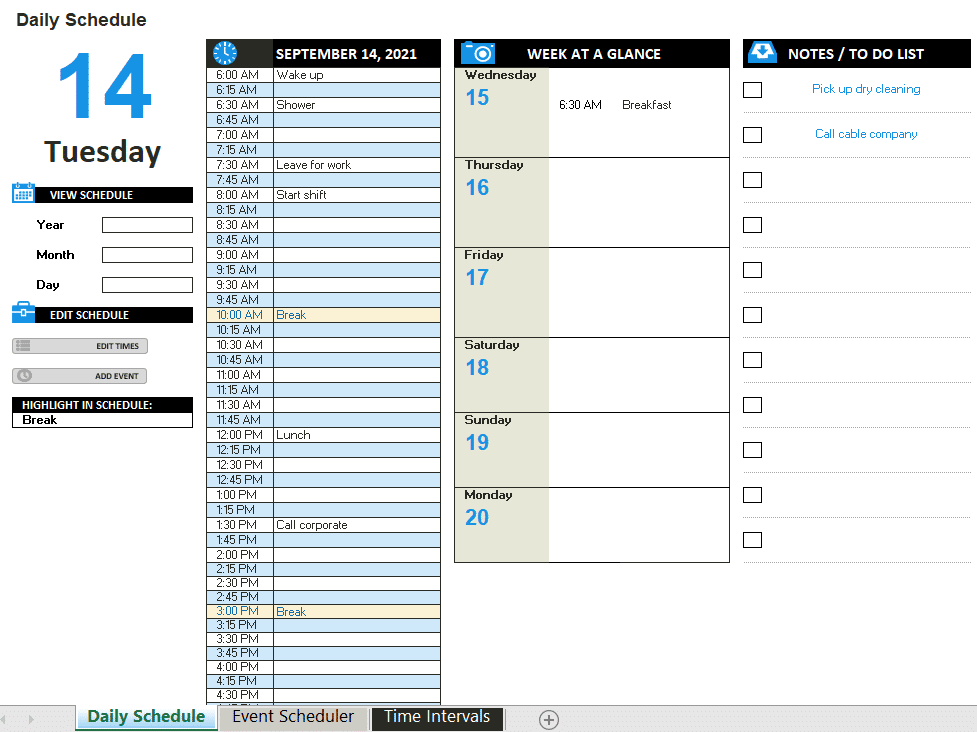For the first time in eighteen months, workers across the country are returning to the office. While some will be returning on a full-time basis, many others will be splitting their time between the workplace and working from home. These are known as hybrid workers.
While hybrid work arrangements are nothing new, their recent popularity is. That’s because workers have become accustomed to the remote work lifestyle thrust upon them by the COVID-19 pandemic.
A recent survey by GoodHire illustrates that fact. In it, they found:
- 68% of Americans would opt for remote work over in-office work
- 61% would take a salary cut to stay remote and preserve their work-life balance
- 74% of Americans would need a continued remote work offering to stay at their current job
- 45% would either quit or immediately begin a remote work job search if forced to return to the office full-time
So, for employers who wish their staff to be onsite, hybrid work arrangements offer a happy medium.
Having two different workspaces, however, can present its own unique challenges. How do you maintain your momentum and productivity when you’re constantly switching locations? Not to mention, how do you stay organized?
In this blog post, we present a handful of tips for you to get the most out of a hybrid work arrangement.
Effective Strategies for Hybrid Work Success
Mirror Your Desk Setups
One way to ease the transition between two different workplaces is to match them as closely as you can. If possible, mirror your desk setups. For example, if you use two computer monitors in the office, use two at home (hopefully, your employer will let you expense the cost of an extra monitor or two). If you sit at a desk both at home, and in the office, maintain the same organization. Paper and pens to your left, files to the right.
Consistency can be the driving force behind productivity.
Have Two of Every Tech Accessory
There are certain accessories needed on an everyday basis, whether you’re at home or in the office. These can include a phone charger, laptop charger, external keyboard, and computer mouse. That can be a lot to pack up and remember on a day-to-day basis. Instead, invest in having at least two of each item (again, hopefully your company will either buy or reimburse you for such expenses).
If you don’t, you’re bound to eventually forget one of these essential items and diminish your productivity for the day.
Utilize the Cloud
Consider moving as much of your work as possible to the cloud. If you’re a member of a team, it’s possible you and your team members are rarely in the office at the same time. Saving your documents to the cloud can ensure each team member, as well as yourself, has access to project files at all times.
What’s more, going paperless can help lessen your carbon footprint and give you one less thing to carry back and forth.
Maintain a Schedule
As best you can, try to keep to a consistent schedule. While working from home may allow for a more flexible schedule, you should still plan on being accessible at the same times each day.
Setting a schedule can help you to achieve this goal. For instance, because each local has different vibes, there are certain tasks you may want to schedule that are dependent on your location. For example, if you need a quiet place to write a line of code, or research and write a blog, schedule those tasks for the days that you’ll be working from home. If you need to meet with members of your team, or have other collaborative tasks, schedule them for days that you’ll be in the office.
Then, share that schedule with your boss and coworkers so that they know where you are and when they can reach you.

Be Communicative and Stay Connected
In the same vein as sharing your schedule, communication between yourself, your boss and coworkers is paramount to making a hybrid work arrangement successful. Aside from communicating which days you’ll be in office, and which will be spent working from home, it’s important to always keep lines of communication open.
When at home, stay active on your company’s team chat tools in order to alleviate any feelings of isolation that may arise when working from home. When in office, socialize. Set up lunch dates, get coffee with coworkers, and deliver messages in-person as opposed to sending an email or text. Doing so will help you reap the benefits that the hybrid work model was designed around.
By following these tips, you can ensure you’ll enjoy workplace success no matter where you are.








